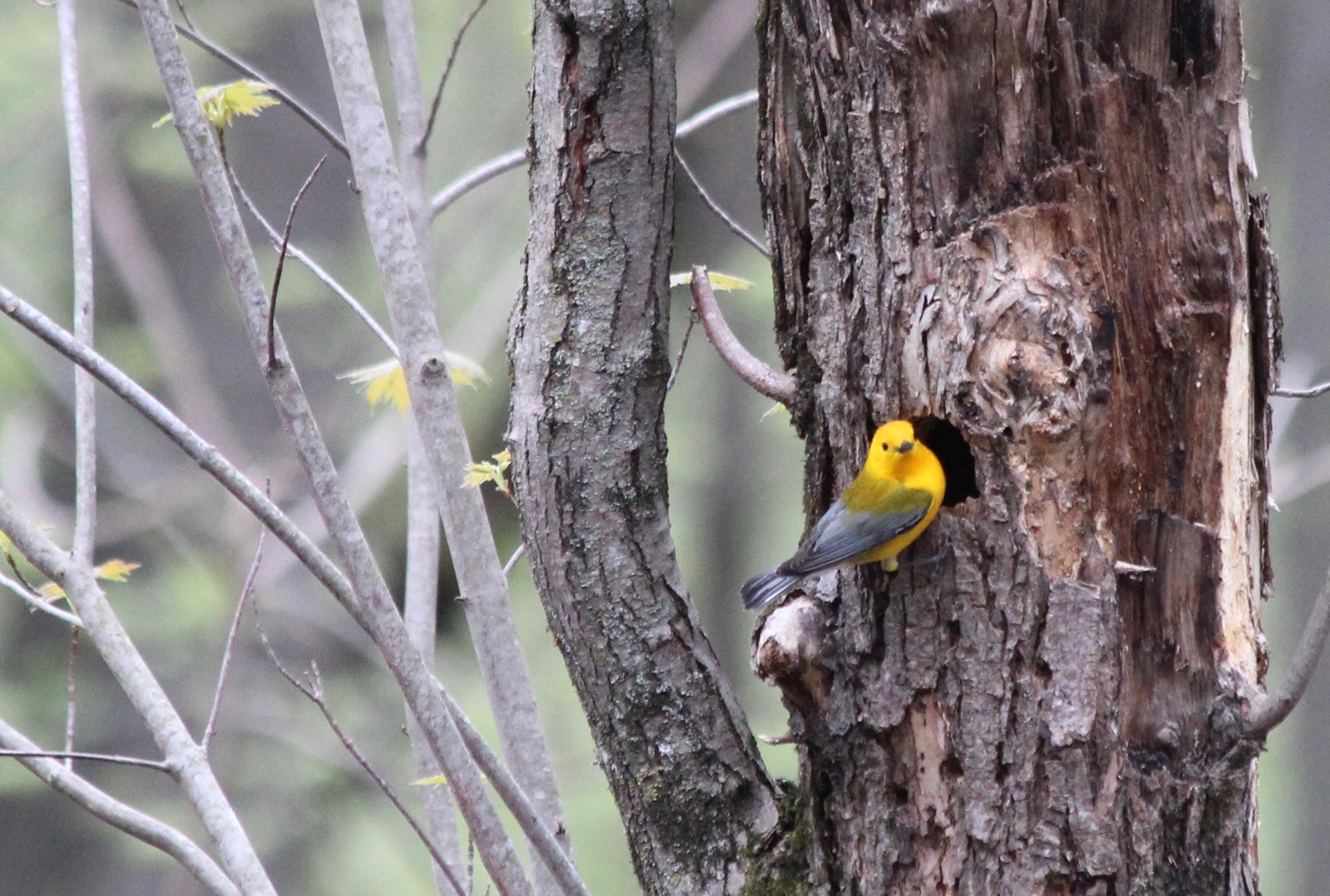
Update 1: Write here, write now
July 26, 2025

Once life was more or less back to normal at Pine Needles and at my home, which went without power for more than four days after the storms and made it hard to concentrate on writing, I got back to work. But I also had some other plans.
One day, I had visitors from the St. Paul Pioneer Press, reporter Mary Divine and photographer Bennett Moger. Mary interviewed me, Bennett photographed me, and there should be a story out sometime soon. I’ve known Mary for a while and greatly appreciate her work covering the St. Croix Valley. In 2018, we went canoeing on the river together for a special story she wrote celebrating the 50th anniversary of the Wild and Scenic Rivers Act.

Another day, I took a little road trip, leaving early in the morning to drive two hours northeast to Hayward. Here I met some scientists surveying the whole Namekagon River this summer, more on that another time (just trying to avoid book spoilers). After a great morning spent on and in the water, I left them to their work and spent the rest of the day visiting the sites of stories I plan to write about.
I walked across sphagnum moss in a tamarack bog, drove down a long and narrow two-track through towering evergreens, saw ravens and heard loons, observed ripening wild rice, explored county forests and lonely roads, and visited historic, forgotten, places.
The rest of the time, I wrote at Pine Needles, overlooking the river. I finally settled into the mindset needed to write long, complex stories in ways that do the places and stories justice.
The cliff in front of the Pine Needles cabin is covered in lilies, probably planted by one Dunn or another in years past. I think they’re an iconic part of the place now, having been admired, painted, and photographed by many people over the past years. Most of the plants are on the very precipice of the bluff, hanging out over the void some 50 feet above the water. After looking at them long enough, it occurs to me that this location not only provides them ample sun, but is also one of the only places around that is naturally safe from white-tailed deer, which love to eat the flowers just before they bloom.
As I mentioned in a previous update, ruby-throated hummingbirds spend much of the day buzzing from flower to flower, sipping the nectar. Their aerial antics are impressive as they adjust tail and wings to hover, fly up and down, side to side, and anywhere else they want in precise movements.
One afternoon while I was at my desk, I watched a black-and-yellow swallowtail butterfly flutter into the lily patch and alight on one of the bright orange blooms. It slowly crawled around on the flower for a few minutes, and then a hummingbird came near. It seemed like the bird quickly noticed the butterfly and made a few passes near it. The butterfly flew off. If the hummingbird had really chased off the swallowtail, it was a form of inter-class competition in the animal kingdom that I had never before seen.
For rest, rejuvenation, and inspiration, I took breaks to slowly walk around the property, my eyes and ears open, absorbing the details, observing its natural and human features. One day I put my rubber boots on and walked into the bog, where the soil is black, wet peat. I followed spring creeks to their sources, stopped to admire cedars and pines, observed how centuries of people had left their marks.
The Pine Needles property was bought and the cabin built in about 1914 by J.W.G. Dunn. The longer I spent there, the more I respected his choices. He found a magical spot on the St. Croix and put a perfect little habitation on it. The site is cut off from the uplands by a steep wooded bluff and a bog. It is perched above the river with a timeless view and usually a little breeze coming off the water. Spring-fed creeks rush by nearby, the water clear as a crystal and cold. It’s a place people have appreciated for at least a thousand years and I certainly did.
After two weeks — sometimes wild, sometimes serene — my stay at the cabin was over. Fortunately, I will return for another two weeks this fall. It will be a beautiful season in its own right, and I’m looking forward to observing the changes that can occur in a couple months. When I left this early August morning, the hummingbirds and butterflies were still busy, the ospreys and eagles were still crying out, and the lilies were still bursting out of the bluff.
Thank you again to the Science Museum of Minnesota and its St. Croix Watershed Research Station for this opportunity. It was informative and inspiring and a priceless chance to write. Thanks also to the friends and family who supported me in taking this time to work. And, last but not least, thank you to everyone who has donated to the book project for making it possible.

I am more than a third of the way to reaching my current fundraising goal for the book. I am honored and grateful and amazed by the support. Please consider donating now using the form below. Thank you!






















